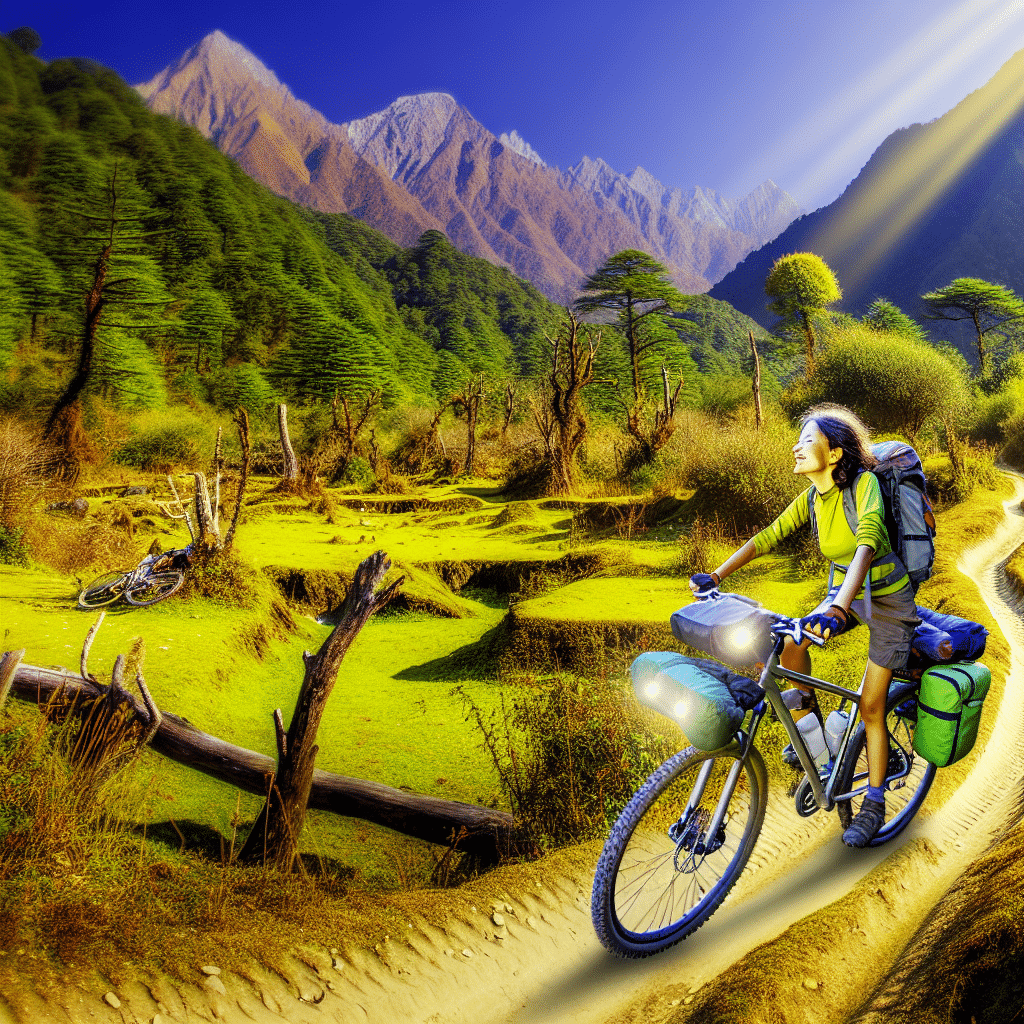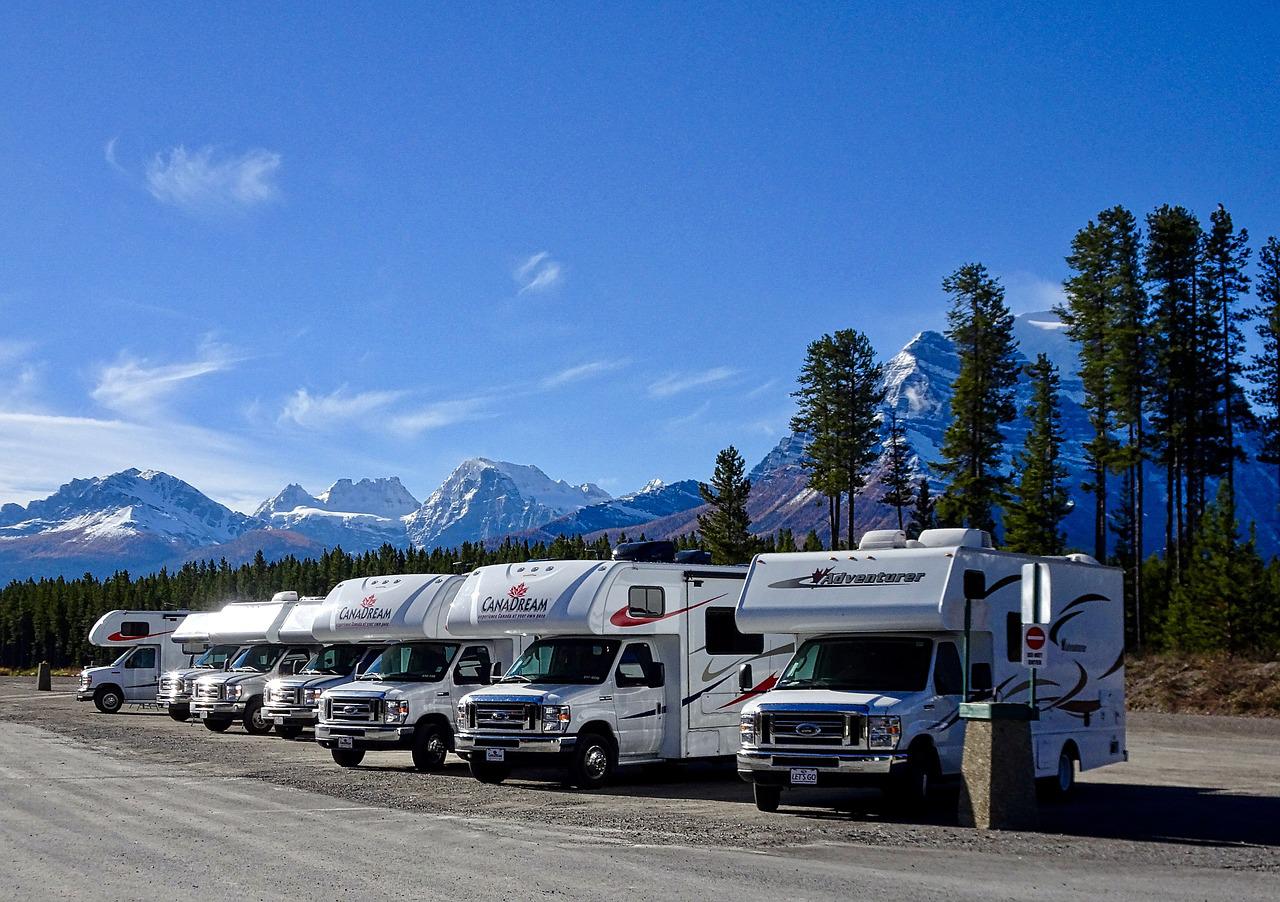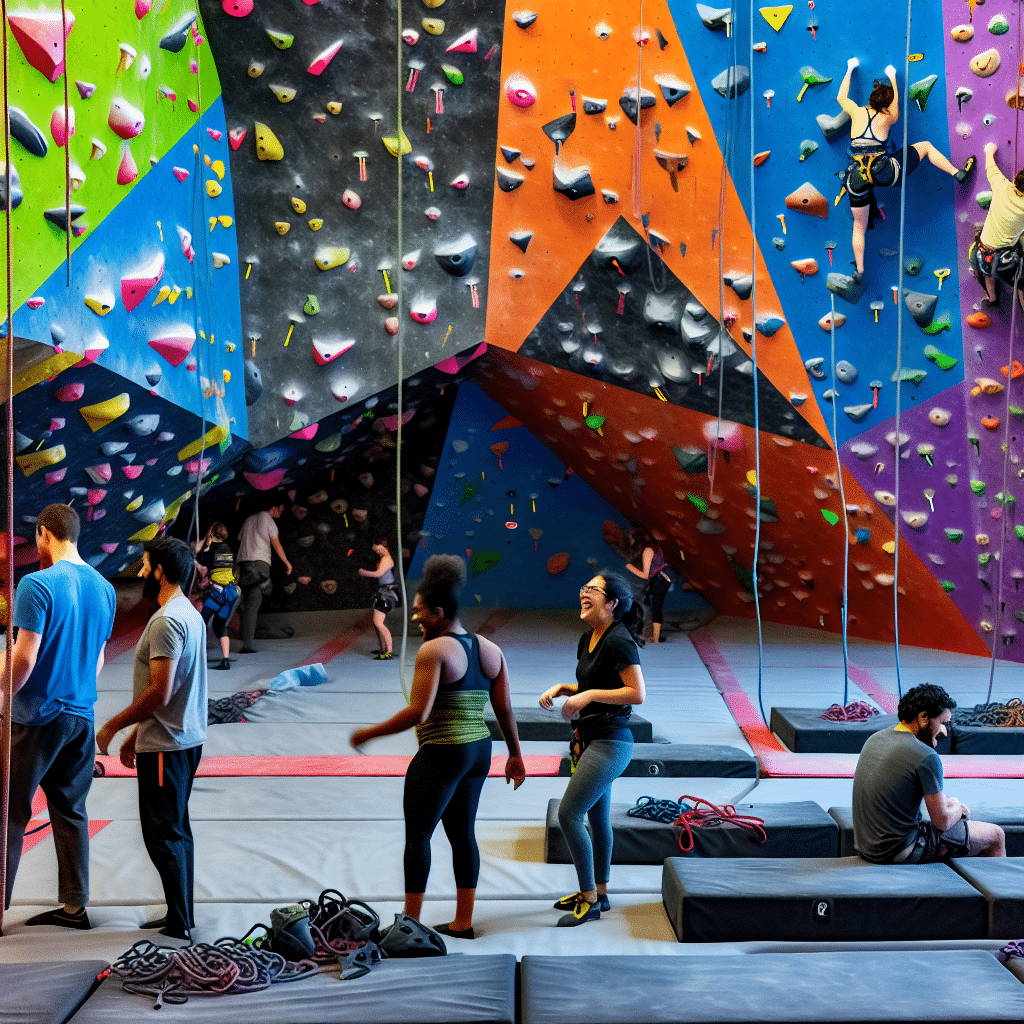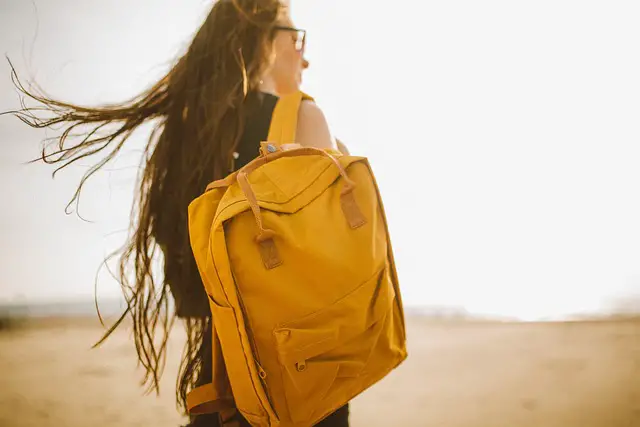If you’re an avid cycling enthusiast looking for an adventure that goes beyond the smooth asphalt of city streets, a trekking bike might just be your perfect companion. These versatile two-wheelers are designed to tackle a variety of terrains, making them ideal for exploring both urban landscapes and rugged countryside trails. In this article, we’ll delve deep into the world of trekking bikes, exploring what makes them unique, their features, and why they could be the best choice for your next adventure.
What is a Trekking Bike?
A trekking bike, also known as a touring bike, combines the best features of road bikes, mountain bikes, and hybrid bikes. These bikes are built to handle long-distance rides on a mix of surfaces, from paved roads to uneven trails. They provide the stability and durability needed for extended journeys, making them an excellent choice for bike touring and multi-day adventures.
Key Features of Trekking Bikes
Trekking bikes come with a host of features that make them exceptionally suited for varied terrains and long rides:
1. **Robust Frame:** Typically constructed from aluminum, steel, or carbon fiber, the frame of a trekking bike is designed to be sturdy yet lightweight. This ensures that the bike can handle heavy loads without compromising on maneuverability.
2. **Wide Tires:** Trekking bikes often feature wider tires compared to road bikes, providing better grip and shock absorption on uneven surfaces. These tires strike a balance between the smoothness of road tires and the ruggedness of mountain bike tires.
3. **Suspension System:** While not all trekking bikes come equipped with suspension, many have a front suspension fork to absorb shocks from rough terrains, enhancing comfort during long rides.
4. **Gearing and Drivetrain:** Trekking bikes usually come with a wide range of gears, allowing for easy climbing on steep hills and fast descents. The gearing systems are designed to handle the varied demands of on-road and off-road cycling.
5. **Rack and Mounts:** One of the standout features of trekking bikes is their ability to carry luggage. These bikes come with racks and mounts for panniers, allowing cyclists to carry essentials like food, clothing, and camping gear.
Why Choose a Trekking Bike?
Why might a trekking bike be the best choice for you? Here are a few compelling reasons:
Versatility
A trekking bike offers unparalleled versatility. Whether you’re commuting to work, embarking on a weekend getaway, or planning a cross-country tour, a trekking bike is built to handle it all. Its adaptability makes it an excellent investment for cyclists who crave variety in their rides.
Comfort
Long rides can take a toll on your body, but trekking bikes are designed with comfort in mind. Features like ergonomic handlebars, comfortable saddles, and suspension systems ensure a smooth and enjoyable ride, even on bumpy trails.
Durability
Durability is a key consideration for any adventure bike, and trekking bikes excel in this area. Their robust construction and high-quality components ensure that they can withstand the rigors of long-distance travel and challenging terrains, providing peace of mind for cyclists venturing into the unknown.
Luggage Capacity
For those who love to travel, the ability to carry luggage is a game-changer. Trekking bikes come equipped with racks and mounts, allowing you to bring along everything you need for your journey. From camping gear to extra clothing, you can pack it all on your trekking bike.
Choosing the Right Trekking Bike
Selecting the right trekking bike involves considering a few key factors:
Frame Material
Each frame material has its pros and cons. Aluminum frames are lightweight and resistant to corrosion, making them a popular choice. Steel frames, while heavier, offer superior durability and a comfortable ride. Carbon fiber frames are the lightest and provide excellent performance but come at a higher price point.
Tire Width
Consider the type of terrain you’ll be cycling on. Wider tires offer more stability and comfort on off-road trails, while narrower tires are faster on paved roads.
Suspension
If you plan to spend a lot of time on rough terrains, a bike with front suspension is a good choice. However, if you’re mostly riding on smooth roads, you might not need suspension, which can add weight to the bike.
Gearing
Think about the type of hills and descents you’ll encounter. More gears provide greater flexibility in handling different terrains, but also add complexity to the bike.
Conclusion: Ready for Your Next Adventure?
Trekking bikes are truly the ultimate adventure companions. They combine the best features of various bike types to offer versatility, comfort, and durability. Whether you’re a seasoned cyclist or a beginner looking to explore new horizons, a trekking bike can open up a world of possibilities. So, gear up, hop on your trekking bike, and embark on your next great adventure. The road—and the trail—awaits!




